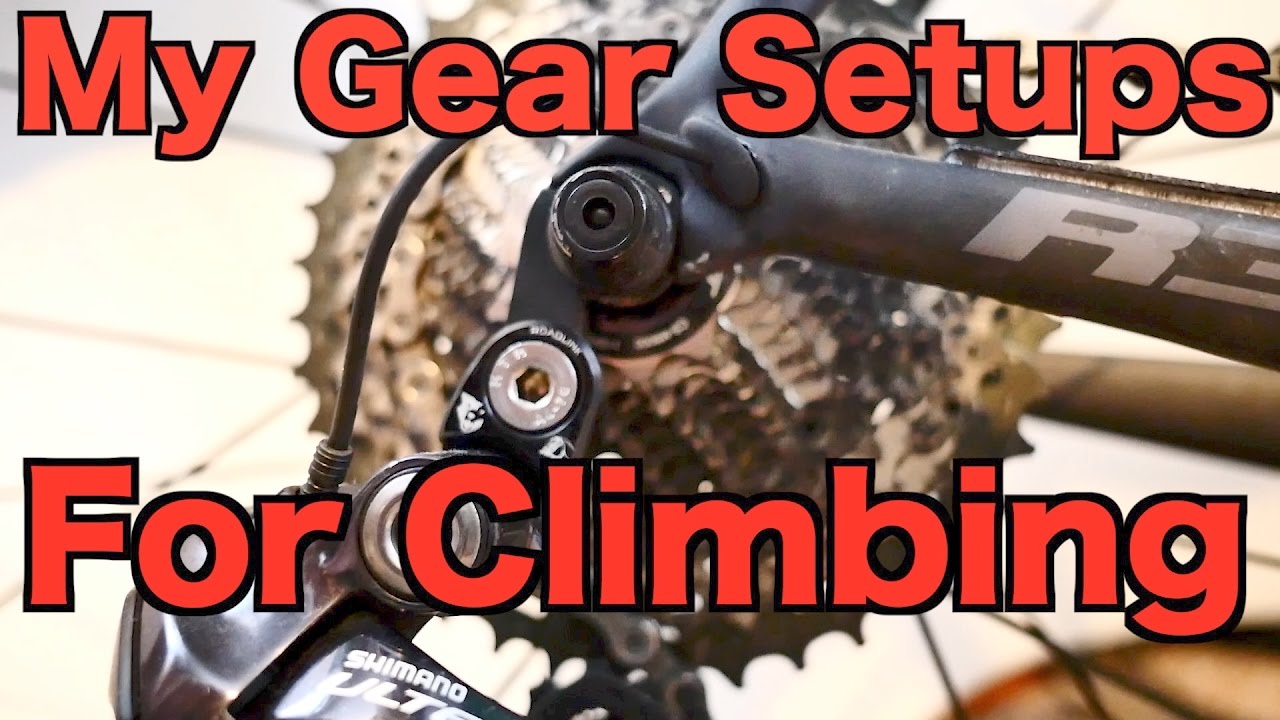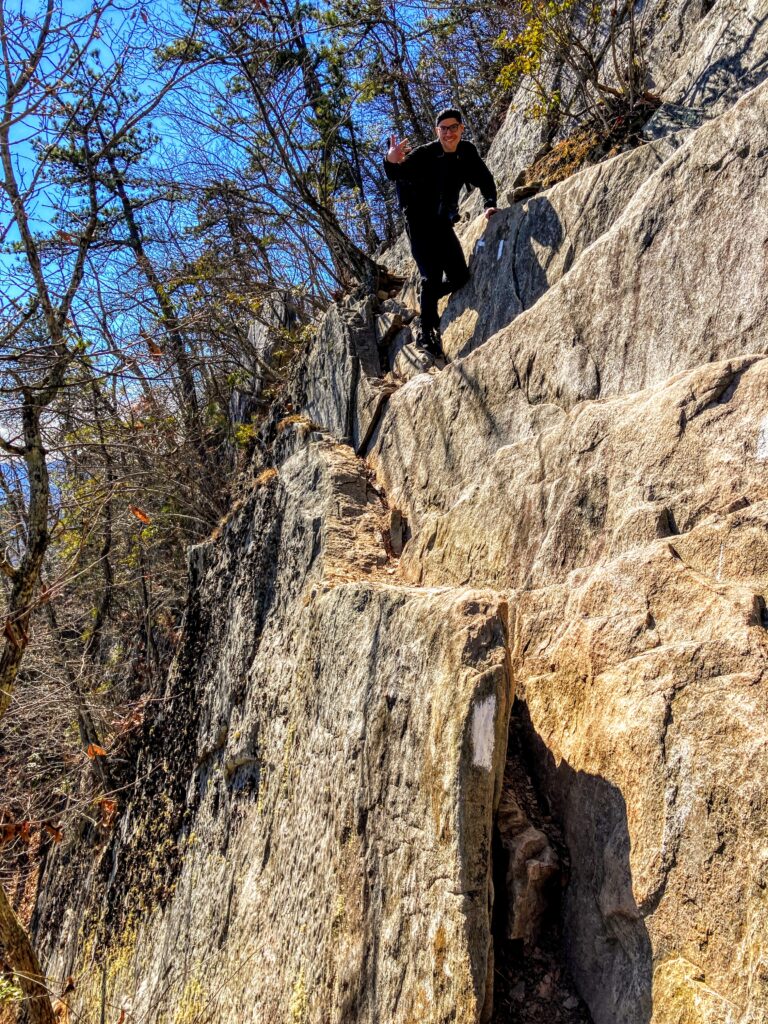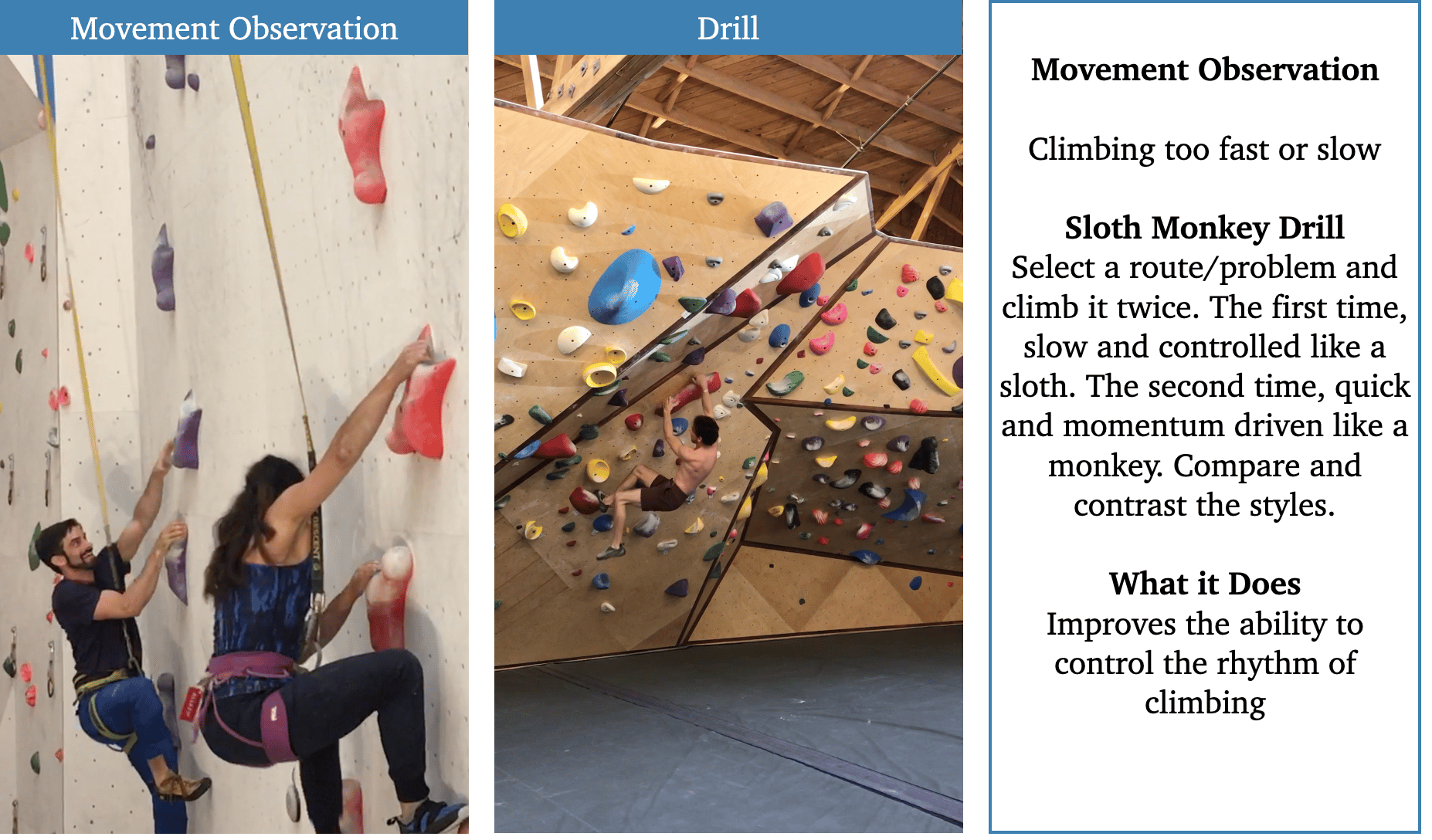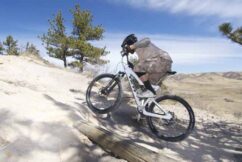🔥 Best MTB GEAR DEALS ON AMAZON
Shifting gears correctly is crucial when it comes to conquering steep climbs in mountain biking. Proper gear management not only makes your ride smoother but also ensures that you maintain momentum and conserve energy during tough ascents. This guide will provide a comprehensive breakdown of gear-shifting techniques for steep climbs, covering when to shift, how to choose the right gear, and common mistakes to avoid.
Why Proper Gear Shifting Matters
Mountain biking involves varied terrain, which often includes steep climbs that require strategic gear shifting. Shifting gears appropriately allows you to:
- Maintain an efficient cadence.
- Reduce fatigue by optimizing your energy expenditure.
- Improve traction and bike control on challenging inclines.
- Avoid mechanical stress on the drivetrain.
Mastering gear shifting is key to tackling climbs without burning out, so let’s dive into the strategies that will help you shift gears like a pro.
Understanding Your Gear System
Before you hit the trails, it’s essential to understand your bike’s gear system. Most mountain bikes come with a derailleur system consisting of:
- Front Gears (Chainrings): Typically, 1 to 3 chainrings located by the pedals, affecting the overall gear ratio.
- Rear Gears (Cassette): A set of sprockets located on the rear wheel, offering a range of gears to fine-tune your pedaling resistance.
The number of gears varies by bike, but the principles of gear shifting remain consistent. Lower gears make pedaling easier and are ideal for steep climbs, while higher gears are better for speed on flat terrain.
Types of Shifters
Understanding the types of shifters can help you use your gears effectively:
- Trigger Shifters: Common in mountain biking, these allow you to shift gears with a simple push or pull of a lever.
- Twist Shifters: These require a twist motion of the grip to change gears and are less common in MTB setups.
- Electronic Shifters: High-end bikes may feature electronic shifters for precise, effortless gear changes.
Key Principles for Shifting Gears on Steep Climbs
1. Anticipate the Climb
One of the most common mistakes bikers make is shifting too late. To prevent loss of momentum, shift gears before you start the climb:
- Scan the Trail: Look ahead to assess the gradient and anticipate when a shift will be necessary.
- Downshift Early: Shift to a lower gear while you still have good momentum. This reduces strain on the chain and drivetrain.
2. Use the Right Cadence
Maintaining a steady cadence is crucial for efficient climbing. Most riders aim for a cadence between 70-90 RPM (revolutions per minute) when tackling steep inclines:
- Too Slow: If your cadence is too low, you’ll expend more energy and risk stalling.
- Too Fast: A high cadence can lead to a loss of traction on steep, loose terrain.
Adjust your gear to keep your cadence in an optimal range, especially when you encounter varying slopes.
3. Use the Rear Gears for Fine Adjustments
When climbing, the rear gears provide the best control over your pedaling resistance:
- Shift One Gear at a Time: Make small adjustments using the rear derailleur, shifting one gear at a time to find the right balance.
- Avoid Cross-Chaining: Keep the chain at an angle that minimizes wear. For example, avoid using the smallest front chainring with the smallest rear sprocket or the largest front chainring with the largest rear sprocket.
4. Use Front Gears for Big Changes
While the rear gears are great for fine-tuning, the front gears are ideal for significant changes in resistance:
- Shift to a Smaller Chainring for Steep Climbs: If you face a sudden steep section, switch to a smaller front chainring to lower the overall gear ratio.
- Downshift Early: Make these adjustments before the incline gets too steep, as shifting under heavy load can damage the chain.
5. Avoid Shifting Under Load
Shifting gears while under heavy pedaling load can cause chain slippage or even damage your drivetrain:
- Ease Off Pedals Slightly: Momentarily ease up on the pedals while shifting to reduce tension on the chain.
- Pedal Smoothly: Use smooth and consistent pedal strokes to prevent jerky movements that can stress the drivetrain.
Advanced Gear-Shifting Tips for Steep Climbs
Shift Gears Based on Terrain Changes
Mountain trails can be unpredictable, with sudden changes in gradient. Here’s how to adjust your shifting strategy based on the terrain:
- Gradual Climbs: Use higher gears to maintain speed while keeping a steady cadence.
- Technical Climbs: For rocky or technical sections, use a lower gear to maintain control and prevent stalling.
- Switchbacks: On sharp turns, downshift to a lower gear as you approach the switchback, allowing for quick acceleration once you navigate the corner.
Use Momentum to Your Advantage
Momentum is your best friend when climbing:
- Build Speed Before the Climb: Gain speed on flatter sections leading up to the climb to carry momentum into the ascent.
- Shift Early: Start shifting gears as soon as you feel the incline to maintain momentum.
- Avoid Sudden Stops: Keep a consistent pedal stroke; sudden stops can cause you to lose traction or tip over.
Master the Art of Gear Feathering
Gear feathering is the practice of making minor gear adjustments to maintain an efficient cadence without overexertion:
- Gradual Shifts: Shift one gear up or down as needed, depending on the incline.
- Smooth Pedaling: Maintain a steady pedaling rhythm to avoid jerky shifts, which can disrupt your cadence.
Common Mistakes to Avoid When Shifting Gears
Shifting Too Late
One of the biggest mistakes is waiting too long to shift gears. Shifting late puts unnecessary strain on your drivetrain and can cause you to lose momentum:
- Shift Ahead of Time: Make sure to shift before the terrain becomes too challenging.
- Don’t Panic Shift: Avoid frantic gear changes mid-climb, as they can lead to mechanical issues.
Using the Wrong Gear Combinations
Choosing the wrong gear combination can cause excessive wear on your drivetrain and make pedaling inefficient:
- Avoid Cross-Chaining: Stick to gears that keep the chain in a straight line, minimizing stress on the components.
- Keep it Simple: Use one front chainring for most climbs and adjust using the rear gears.
Forgetting to Adjust for Descents
After a steep climb, it’s essential to prepare for the descent:
- Upshift for Speed: Before descending, shift to a higher gear to maintain speed without over-revving.
- Check Your Gear: Make sure you’re in a comfortable gear for the next section of the trail, whether it’s another climb or flat terrain.
Additional Tips for Efficient Climbing
Use Clipless Pedals for Better Control
Clipless pedals can significantly improve your climbing efficiency:
- Even Power Transfer: Clipless pedals allow you to pull up on the pedals, ensuring even power distribution throughout the pedal stroke.
- Enhanced Stability: Being clipped in keeps your feet secure, allowing for better balance on technical climbs.
Maintain a Balanced Body Position
Shifting gears is not just about the bike; your body position also plays a role:
- Lean Forward: Shift your weight slightly forward on steep climbs to keep the front wheel grounded.
- Stay Relaxed: Keep a relaxed grip on the handlebars to avoid fatigue.
- Engage Core Muscles: Use your core for stability and balance, allowing your arms and legs to move freely.
Practice Gear Shifting on Different Terrains
Experience is key to mastering gear shifting. Practice on a variety of terrains to develop an intuitive sense of when and how to shift:
- Gradual Hills: Start on easier gradients to get a feel for shifting without losing momentum.
- Technical Sections: Practice on rocky or root-covered climbs to improve shifting accuracy.
- Steep Climbs: Challenge yourself on steeper inclines to perfect your timing and gear choice.
Keep Your Drivetrain Clean and Well-Maintained
Proper maintenance ensures smooth and reliable gear shifting:
- Lubricate the Chain: A well-lubricated chain shifts better and lasts longer. Clean and lube your chain regularly, especially after wet rides.
- Check Derailleur Alignment: A misaligned derailleur can cause poor shifting. Adjust it as needed for accurate gear changes.
- Inspect the Cables: Frayed or stretched cables can affect shifting performance. Replace them if they show signs of wear.
Conclusion: Master Your Gear Shifting for Steep Climbs
Mastering gear shifting for steep climbs is a skill that takes practice and patience. By understanding your gear system, anticipating terrain changes, and shifting smoothly, you can make your mountain biking experience more efficient and enjoyable. Remember, every rider has their unique style, so experiment with these techniques to find what works best for you.
With the right gear strategy, you’ll be able to conquer those steep climbs with confidence, preserving energy for the long ride ahead. Keep practicing, stay tuned to your bike’s feedback, and soon, shifting gears will become second nature on any challenging terrain.




